Exploring the Modern Myth (Part 2): The Force as the Interface Between the Known and the Unknown
In Part 1 of this series, we introduced Joseph Campbell and talked briefly about his relationship with George Lucas and how his ideas came to influence the Star Wars saga. We continue that discussion in this segment, where we dive into the conceptual nature of The Force itself.
The Force is something that is dear to all our hearts. It’s that element of Star Wars that adds a tinge of magic and awe, something beyond our understanding yet connected intimately to us. As Obi-Wan says in A New Hope, the Force is an “energy field created by all life,” that binds the galaxy together.
It’s a simple explanation, but that seems to be the point. The Force is the spiritual principle of the saga. It shouldn’t be defined purely in philosophic or scientific terms. Remaining mysterious is what gives it that unique appeal. Explaining it concretely would potentially ruin what makes this saga special to so many people. So how does Joseph Campbell come into this discussion?
In the PBS interview series, The Power of Myth, as well as within the numerous written works of Campbell, it is revealed that nearly every society has had some notion of the “transcendental” entity that exists simultaneous, within, or parallel to the normal, “mundane” world. Some even argue that this greater-than- life entity (what you might even call God) has been the single greatest source of artistic passion and endeavor. Long has humanity gazed upon the natural world and longed for a way to express the emotions it makes us feel.
There’s just one trick. It’s simply beyond words! If you’ve ever gazed at a perfect night sky or across a vast stretch of a national park, maybe you’ve felt the same thing that people have felt for tens of thousands of years. There’s just no adequate way to paint what that feeling “really” is. But all art tries to do it.
And since our language and senses, Campbell argues, are not totally adequate for describing this “transcendental entity,” the human perception tends to think of things categorically, particularly as opposites. For most, if not all human history, people have considered the moment when this transcendental energy enters the physical world of time to be the moment when it splits into pairs of opposites: good and evil, light and dark, tall and short, wet and dry, hot and cold, consciousness and unconsciousness and so on. Campbell and Moyers express it better than I ever could (from The Power of Myth):
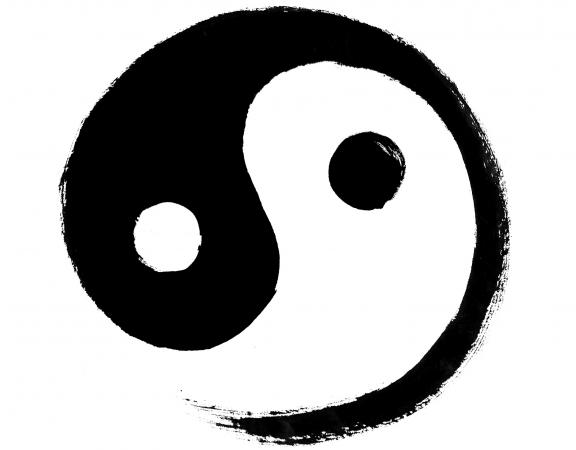
BILL MOYERS: So these stories of mythology are simply trying to express a truth that can’t
be grasped any other way.JOSEPH CAMPBELL: It’s the edge, the interface between what can be known and what is
never to be discovered, because it is a mystery transcendent of all human research. The
source of life: what is it? No one knows.
Within Star Wars, this manifests as the light and dark sides of the Force. Two pairs of opposites, which as more recent canon has shown are actually part of a larger framework: the Living Force and the Cosmic Force, another pair of “opposites.”
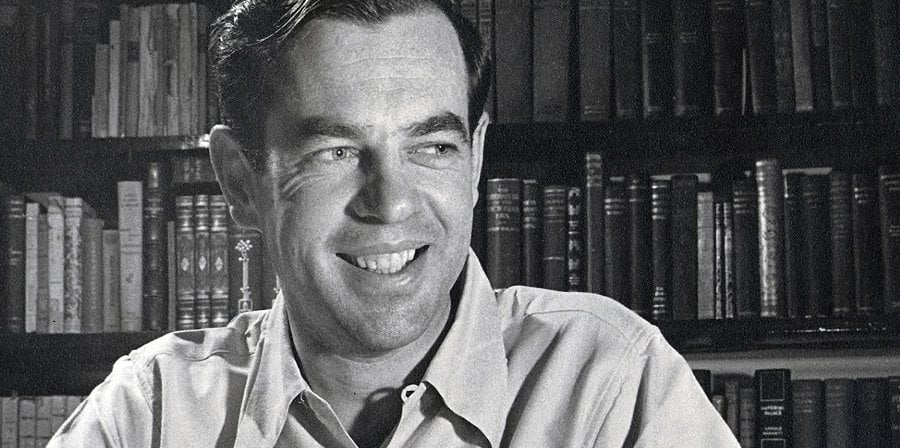
Joseph Campbell makes the acute observation that humankind’s greatest paradox is the resolving of these opposites. If evil didn’t exist, how would we know good? And from that question a whole host of philosophical questions about morality and the nature of truth came into play. If we can’t know good without evil, is it “right” for us to want to exterminate evil? Those are the types of questions that have plagued humanity since time immemorial. And these questions still plague our society even today!
So what George Lucas effectively did, and what Campbell so eloquently illuminates in several of his works, is this principle of something that is at once perceived as being composed of separate, categorically distinct entities, which is in fact something altogether beyond human categorization.
Light and dark are one pair of opposites, easily related with good and evil, selfishness and selflessness, etc. And we would do well to live on the light and do our best to keep our inner dark sides in check, rather than giving in. The other pair is the Living Force and the Cosmic Force. Certain Episodes of The Clone Wars tell us that the two are in a symbiotic relationship, the energies of the Living Force feed the Cosmic Force, which in turn generates all things. The Cosmic Force (where Force ghosts can go) is beyond time and space, whereas the Living Force deals specifically in the realm of life. Here we have that interface between the known and unknown that Joseph Campbell talked about, and we should focus on finding a balance between a desire to know the unknown and being content with the life we have.
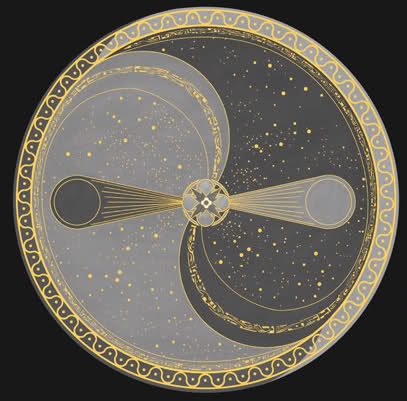
As mortals, we are doomed to try and understand the Force in terms of light and dark, but perhaps, as Luke Skywalker says in the teaser for The Last Jedi, it’s so much bigger! And this is important, very important.
Campbell says that stories, and particularly big, sweeping mythological stories like Star Wars, are excellent sources of discovering parts of yourself you didn’t know were there, of being almost like therapy. They help people see the positive aspects of negative things, and helps sooth the desire to know “why,” and instead shows a way of being that makes it easier to go about living. We remember Master Yoda’s training, “No! No, there is no why!”
But what Star Wars has intelligently done is avoid slapping a concrete “this is how it works!” label on the Force. That would make it something that adheres to only one branch of thought in the real world, with the potential of alienating fans. By leaving it open in the simplest form, light and dark, good and evil, it can be interpreted individually by each fan according to the way they wish to integrate it into their real-world value systems.
Instead, the real genius of Star Wars is showing the that the light side and dark side, and corresponding ideas of good and evil, are tied to the inherent decisions the main characters make. So our real enjoyment of the saga on an emotional level comes from what the heroes actually do and how they relate to each other as opposed to whatever political philosophy they subscribe to with the Force. Their actions shape their characters, and so they don’t have to gain importance by being shoehorned into some cut and dry
interpretation of how the Force works. I can see Han Solo smirking right now…
So next time someone is sharing their views on the Force with you, it’s okay to hit them with a good ol’ Han Solo, “That’s not how the Force works!” But it can be enlightening to realize that the Force was designed to be open, to be a mystery, and perhaps you could come to enjoy Star Wars on entirely new levels if you are open to others’ interpretations of the “great mystery.” Try not to only have the dogmatic narrow view of the Jedi! Okay, but seriously, don’t take Palpatine’s view of the Force either.
In the next part of our Joseph Campbell discussion series, we’ll talk about the role mythology fulfills in society, and why George Lucas set out to create a “modern myth” using the cinematic medium. Cheers!

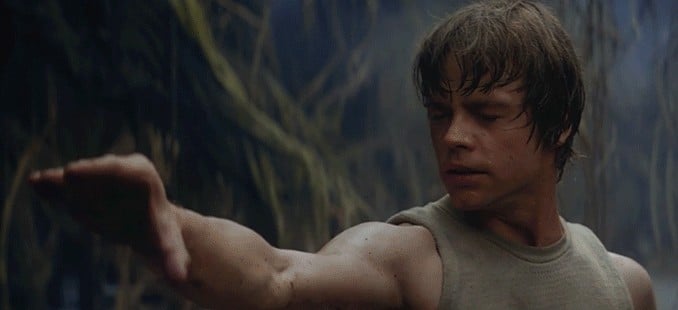
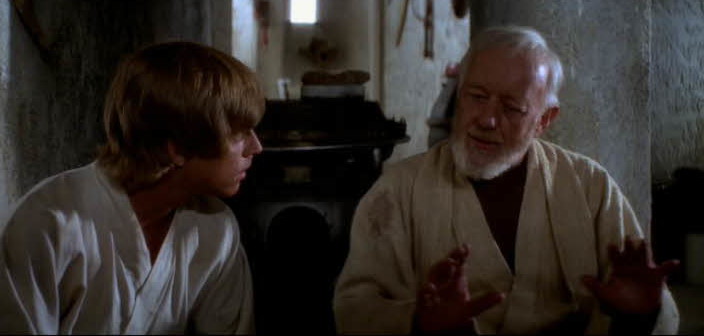

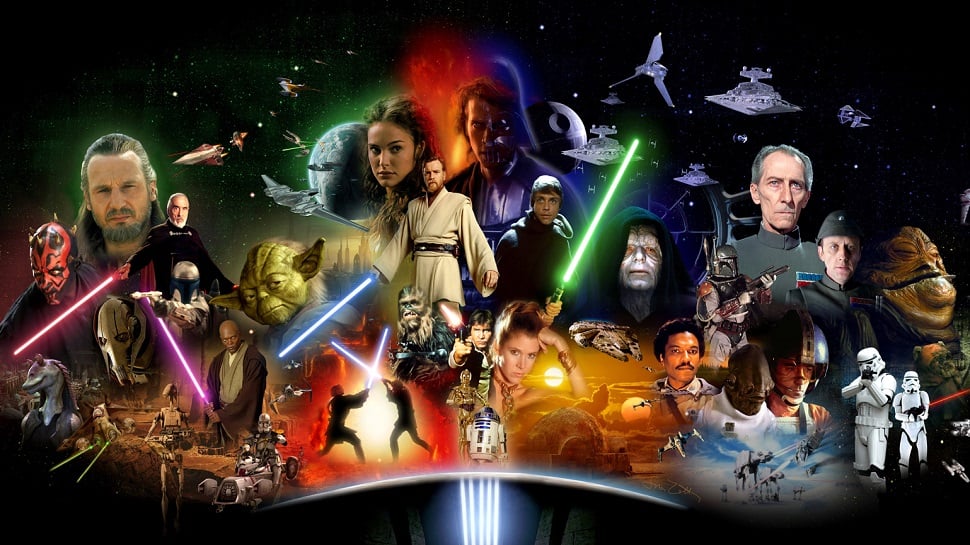
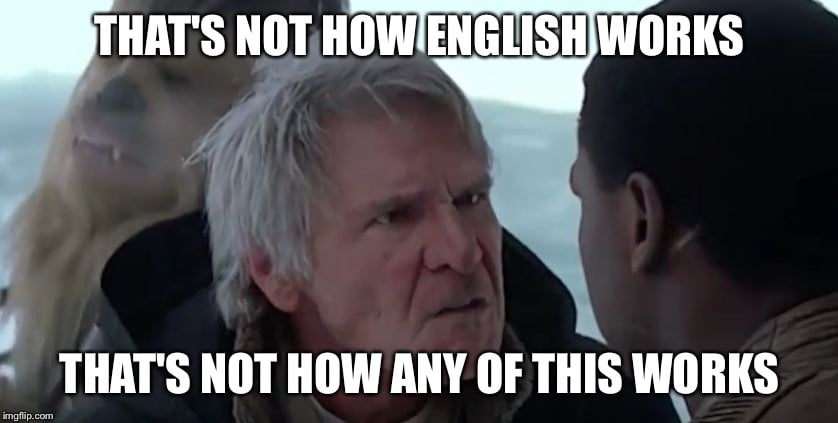
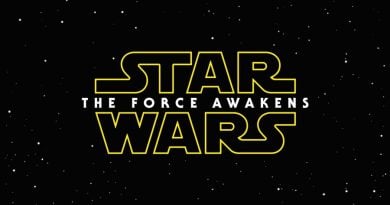
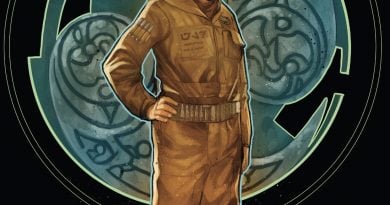
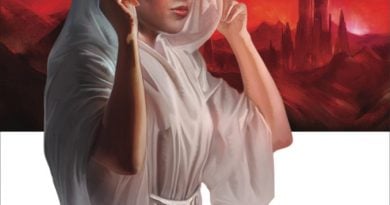
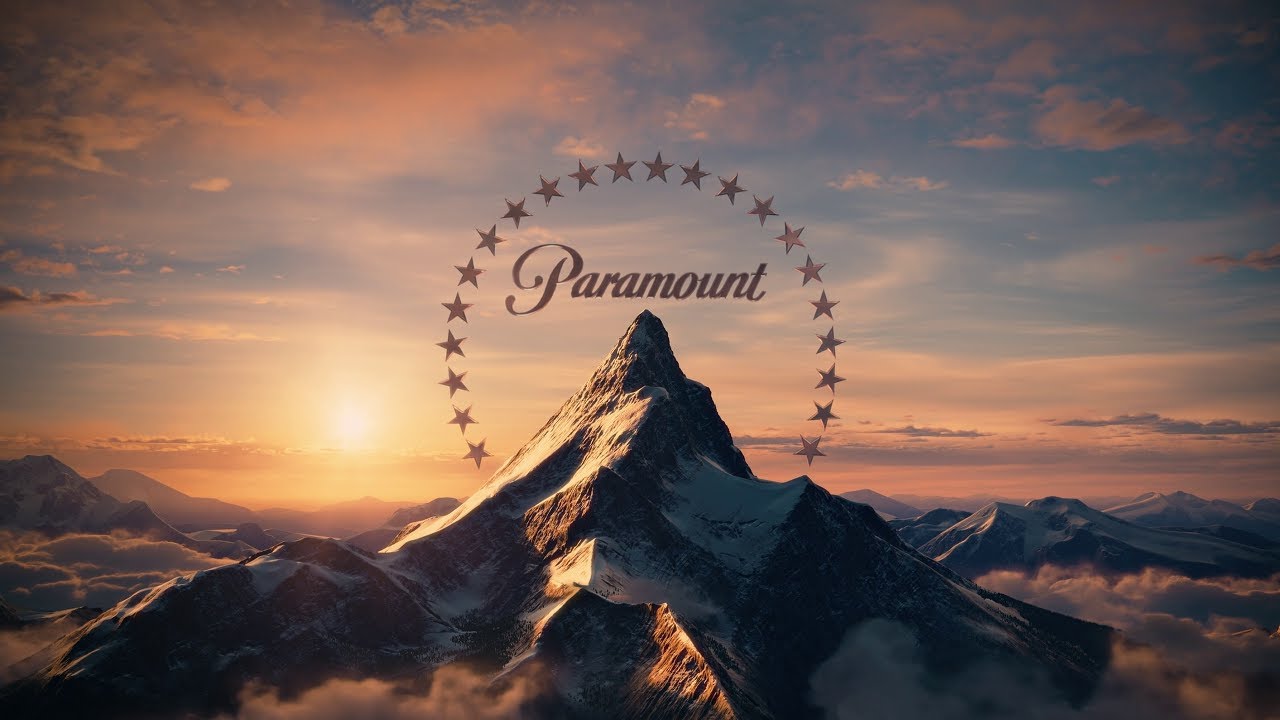


Awesome series! Joseph Campbell’s work was brilliant and is pervasive in so much of the stroytelling to this day.
Hard to unsee what you have seen after Campbell lol.
Best post ever!!! This is why this saga is so dear to us, it resonates with a deep truth inside of us. For me, altar of mortis and yoda’s spirtual trips are the best episodes of the clone wars, they really get in touch with the deep stuff of starwars. I can imagine that episode IX will be full on about the subject to conclude the story with a highly spiritual satisfying experience.
“I can imagine that episode IX will be full on about the subject to conclude the story with a highly spiritual satisfying experience.”
We are definitely in the “go big or go home” phase of the saga!
These posts really feed the fan’s soul. Well done.
Glad to hear it!
Clone Wars was a wonderful series. In my opinion, the best of what SW has to offer since Ep.VI. However I had one major problem. The two-part story arc dealing with “The Ones”, the Father and his Twin Children nearly spoiled the series for me. It literally tread the sacred ground of trying to explain the balance of the force, identify its nature. I couldn’t fathom why Lucas himself would decide to unravel the beautiful mystery of the Force, conceptually opposite of what he created in the original films! Hope Ep.8 won’t go there!
Three-part!
Here’s my advice. Try not to watch the Mortis arc (which I love) as a literal explanation of how the Force works, but rather as a metaphor for what can happen to you if your dark side gets out of control.
And it’s my personal opinion that what’s “missing” from that arc is as important as what’s shown (hint: where is the Mother?).
This is great, nicely done.
Thanks! 🙂
https://uploads.disquscdn.com/images/b7ed4a1946af898c25b8290a464287b2882226e02d8a771b774e0a70c4737f6b.jpg
Tanks fren!